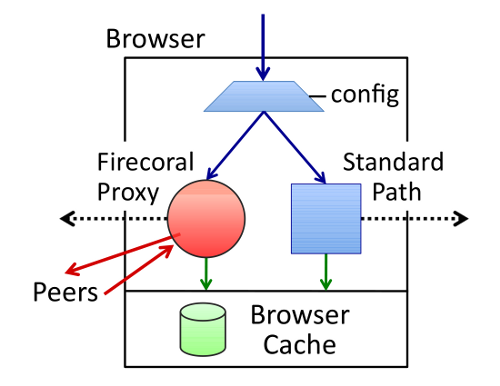


|
|
|
| <div type="story" class="article"> <div class="body" id="fhbody-3011301"> <div id="text-3011301"> The first flying auto... The <a href= "http://www.terrafugia.com/aircraft.html"> Terrafugia Transition</a>, which can ... </div> </div> </div> |
| Obj. Size | Latency (ms) | Throughput (resp/s) |
| 500B | 6.93 | 356.76 |
| 5KB | 7.39 | 340.99 |
| 50KB | 9.79 | 284.65 |
| 500KB | 13.72 | 197.72 |